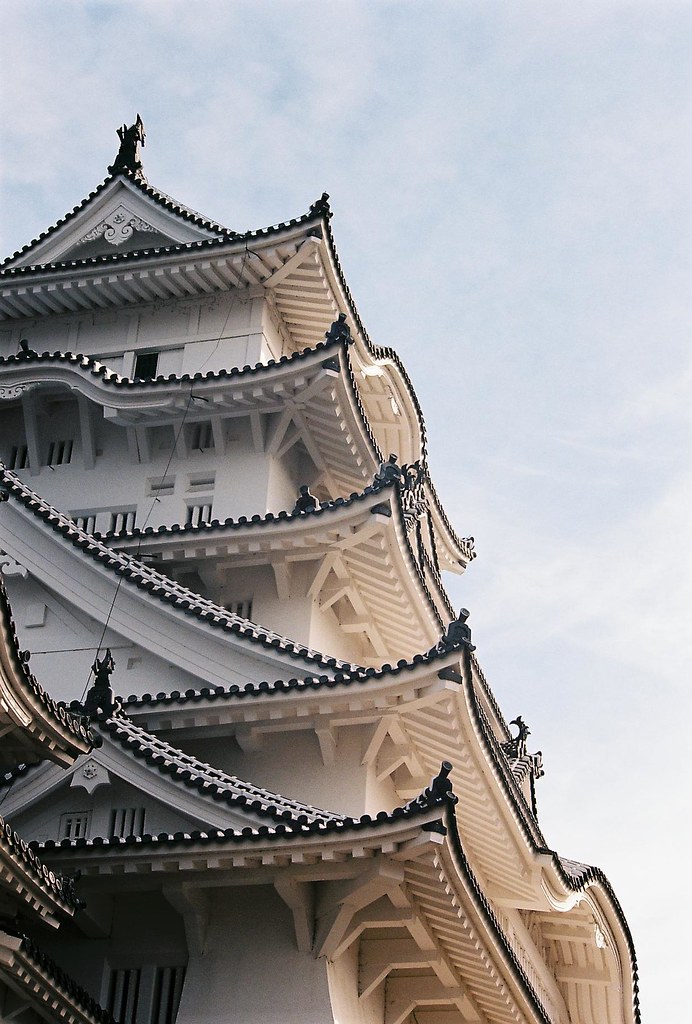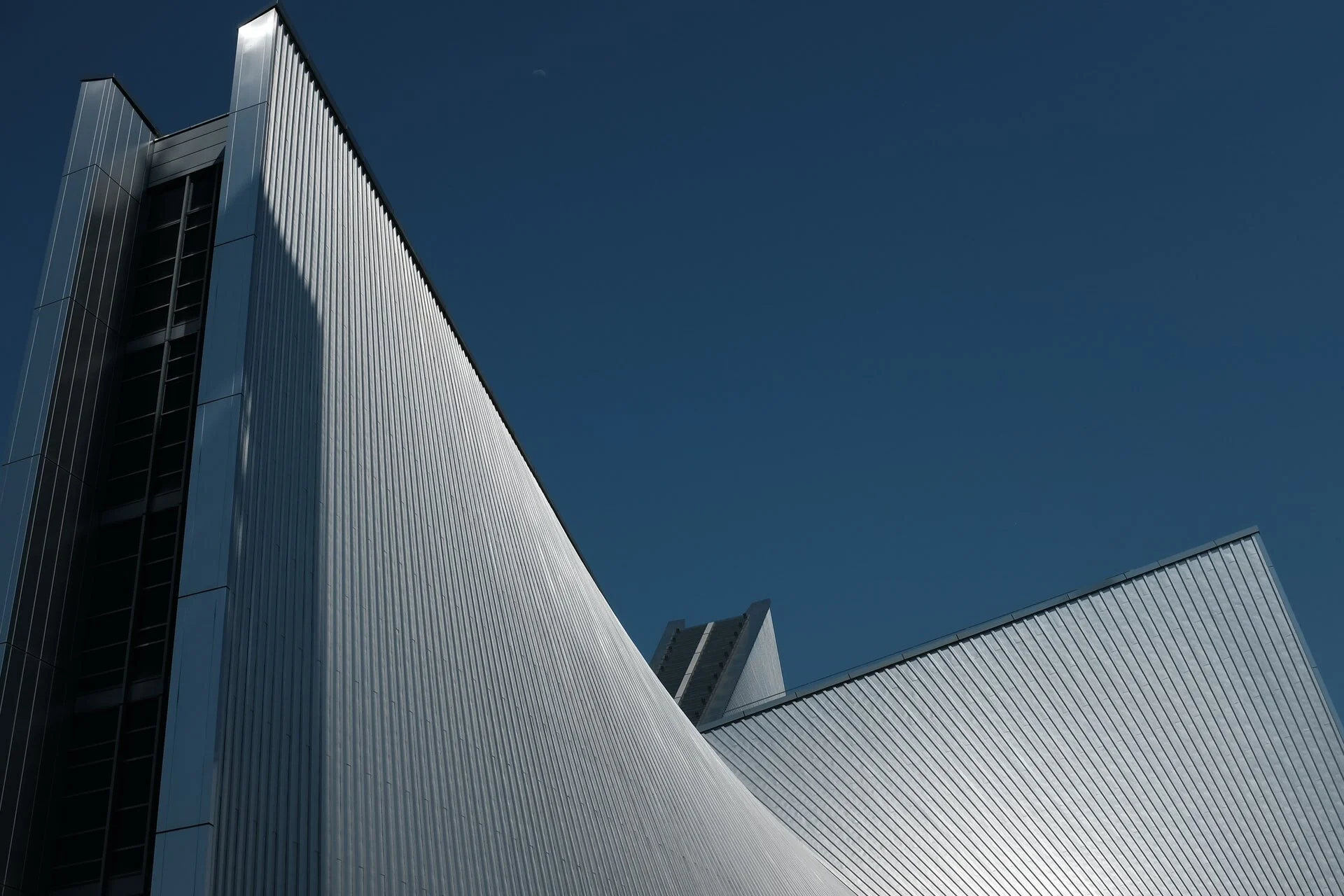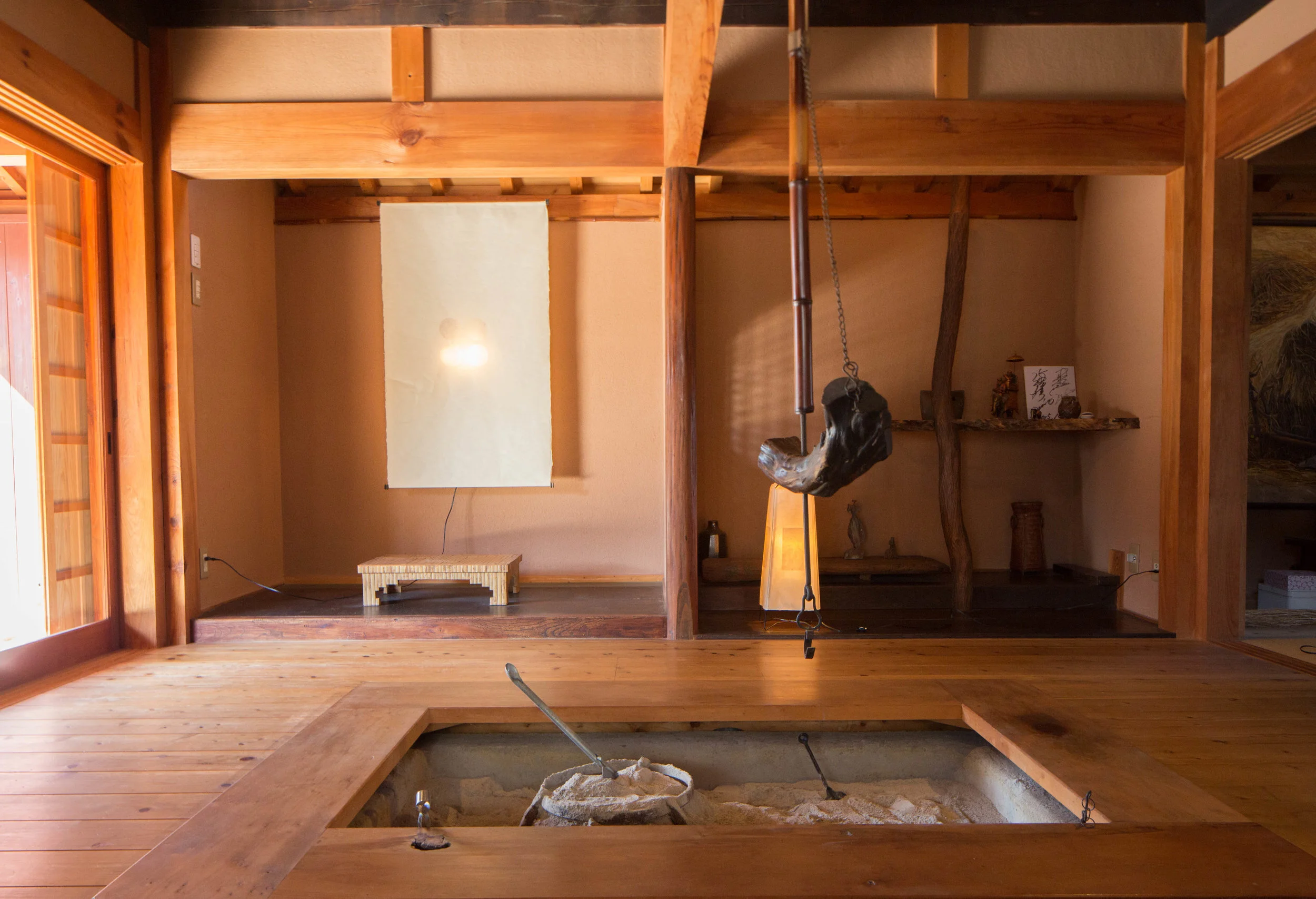Explorations of Japanese Architecture
From simple farmhouses to ornate castles, Japan is full of awe-inspiring architectural wonders. It is home to seven architects who have won the Pritzker Prize, the highest honor that a person can receive in architecture. With its unique blend of tradition and innovation, Japanese architecture has continued to influence architects all over the world.
Japanese architecture styles
The famous torii at UNESCO World Heritage Site, Itsukushima Shrine, Hiroshima Prefecture.
Shrines and Temples

One of the many gates to the Imperial Palace, Tokyo
Shrines were built to honor Shinto deities. The first shrines were simple and undecorated, becoming more adorned over the centuries. One of the most distinctive characteristics of shrines are the torii (鳥居) gate, often made of wood and painted black and orange.
The arrival of Buddhism from China brought along temples as a place of worship. Nearly all temples include a main hall, where the act of worship occurs, along with a lecture hall, which holds meetings and speeches.
Over the centuries, many shrines and temples have wistfully been ruined at the hands of natural disasters, most commonly fires. The ones that are still standing today, such as the Kinkaku-Ji (Golden Pavilion) in Kyoto or the Meiji Shrine in Tokyo, have become favored destinations for travelers from far and wide.
Palaces and Castles
Palaces, to this day, are home to Japanese emperors and their family. In the past, whenever a new emperor took the throne and the capital of Japan was relocated, a new palace was built in his honor.
Countless castles were built during the Warring States period (475–221 BC), where a number of autonomous states competed against each other for power. As the result of primarily serving a defensive purpose, most castles were built atop of mountains, compromised of high walls and moats to fend off the enemies.
MODERN Japanese architecture
After World War II, Japan architecture began to adopt Western influences in an effort to westernize and modernize. The skyscrapers and department stores that are seen in Tokyo today are designed based on these outside influences.
Even though Western-style architecture is prominent, particularly in Japan's larger cities, the more traditional forms are not lost. Walking down the streets of Shibuya or Shinjuku, the juxtaposition of tradition and innovation is distinctly present. An example of this is Shinjuku Station. One one side of it is the quiet, sacred Meiji Shrine, while on the other side is the contrasting Takeshita Street, lively and bustling, located among numerous skyscrapers and high-end shopping centers.

Himeji Castle, Hyogo Prefecture
However, it is not only the West that has influenced Japan. It goes both ways. For instance, Japanese buildings have been designed to withstand earthquakes. This technology has consequently spread to other nations, where earthquakes are also prominent. In addition, Japan is known for its space-saving techniques in regards to building construction, resulting from the need to accommodate its large population. These techniques, as well as other space-saving technology, such as capsule hotels, have been adopted by some Western nations.
Famous Japanese Architects
Ando Tadao
Ando Tadao, the 1995 recipient of the Pritzker Prize, is perhaps the most internationally renowned Japanese architect. As a self-taught architect, he is famous for his use of concrete and natural light, elements that he carefully selected, in order to showcase the rawness of his architectural design. He was heavily inspired by Japanese culture and religion, such as the Zen concept of simplicity and the Shinto concept of being in touch with nature.
Toyo Ito
As the winner of the 2013 Pritzker Prize, Toyo Ito is heralded for his work in conceptual architecture. He pushed forward the idea that architecture should not only consider physical needs, but also the human senses as well. His work reflects a combination of minimalism and technology, carefully blending traditional and modern elements of Japanese culture. Known for his innovation, Ito is not afraid to push boundaries, unfazed by societies standards and expectations for architecture, as shown by his work, Sendai Mediatheque, below.
Kenzo Tange
Kenzō Tange was a prominent figure in Japan's architectural modernization efforts. Like Toyo Ito, he combined modern architecture with traditional styles. Tange was also known as an influential urban planner, helping in the post-WWII reconstruction efforts. He was a major figure in restoring Hiroshima after it was bombed and designed the main building of the Hiroshima Peace Memorial. In 1987, he earned the Pritzer Prize for his work.
Skyscrapers and mega shopping centers of Shibuya. ©Yoshikazu Takada

Magnificent interior of Tange's St. Mary's Cathedral, Tokyo
Famous modern Architecture
Omotesando Hills
Built in 2005 by Ando Tadao, Omotesando Hills is a shopping complex in Tokyo that holds 130 stores and 38 apartments. His use of natural light can be seen in this work, as the sunlight from the atrium illuminates the stores of the complex. The stores are arranged in a spiral, designed to emulate the slope of Omotesando Avenue.
St. Mary's Cathedral
St. Mary's Cathedral in Tokyo is one of Kenzo Tange's most famous works. A prominent aspect of this architectural piece is its eight curved walls which form the shape of a cross. The original cathedral, made of wood, was destroyed during World War II. When it was rebuilt in 1964, the material was switched from wood to concrete and steel, illustrating Japan's efforts to modernize.

The Sendai Mediatheque's minimalist design. Notice the "tubes" that support the building and the transparent exterior wall. © Tomofumi Sato
Sendai Mediatheque
According to Toyo Ito himself, the Sendai Mediatheque is his favorite project. At its core, this building is a public facility, containing libraries, art galleries, and cafes. It is designed as a space for collaboration, for exchange of information and ideas. The Sendai Mediatheque deviates from conventional buildings in that its structure is simple and open, being made up of only three primary elements, known as the "plate" (floor separating the different floors), the "tube" (columns supporting the building) and the "skin" (transparent wall that separates the interior from the exterior). With this fluid and minimal design, he sought to blur the lines between the building's interior and the exterior, between the the performer and the audience, and between the host and the guest.
By adopting past influences from Korea and China, as well as modern influences from the West, Japan has cultivated a unique architectural style that is sure to capture any audience's attention.
Architecture Experiences with TOKI
COMPREHENSIVE ARCHITECTURE TOUR IN TOKYO
Guided by architecture professional, learn and witness the 400-year history of Tokyo through the surviving traditional and the innovative contemporary works of architecture.
FASHION & ARCHITECTURE GUIDED TOUR IN TOKYO
Explore the architectural grandeur of various fashion stores in the world’s fashion capital with architecture professional.
TRADITIONAL ARCHITECTURE TOUR - KOMINKA MOVEMENT
Tour through the breathtaking Sasayama region and discover the architecture movement that's preserving important pieces of the past.
Related Articles






